Photo: istockphoto.com
Q: My car got a flat tire the other day. I was able to change the tire without issue, but I realized I don’t know how to dispose of tires. Can I just put the tire out on the curb with the rest of my trash, or are there special tire disposal procedures I should follow?A: Unfortunately, you cannot simply throw tires out with the rest of your garbage. In fact, it is actually illegal to put tires in the trash. They contain steel belts that can pierce through liners in a landfill, leading to ground contamination. Additionally, tires are bulky and take up a lot of landfill space. And, since tires aren’t biodegradable, they’ll stick around for thousands of years before decomposing.
If you’ve recently changed a tire on a bicycle or car, or if you have other old tires lying around, recycling them can minimize the waste that ends up in our landfills. Read on to learn how to dispose of tires properly.
RELATED: How to Use a Tire Pressure Gauge
Tire shops might recycle old tires as part of a service.When you have new tires put on your vehicle, the tire shop might dispose of your old tires for you. In many cases, the disposal fee might be built into the total cost of installing the new tires. You may need to pay an additional fee—typically less than $25 per tire—but it’s likely well worth it when factoring in the convenience of not needing to haul old tires around for disposal.
Before you let the shop take tires off of your hands, however, you might want to confirm whether they plan to recycle them or take them to a junkyard. In the latter case, consider looking for a tire recycling center and recycling the tires yourself instead.
Advertisement
Photo: istockphoto.com
Some retailers will dispose of old tires for a fee.Even if you aren’t buying new tires but need to get rid of old ones, some retailers—such as tire shops and auto parts stores—will still dispose of your tires.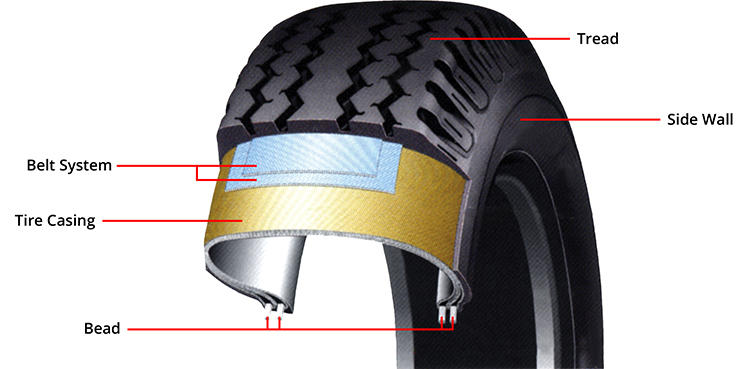 Depending on your area and the retailer you choose, tire disposal costs can vary, but the typical fee is between $5 and $20 per tire.
Depending on your area and the retailer you choose, tire disposal costs can vary, but the typical fee is between $5 and $20 per tire.
You may need to call around to a few local retailers to find one willing to dispose of old tires. As you call around, be sure to ask any retailers that offer disposal services whether the tires will be recycled or taken to a junkyard. To reduce environmental impact, find a shop that recycles tires.
RELATED: The Best Tire Pressure Gauges for Car Owners
Photo: istockphoto.com
Specialized recycling centers may recycle tires for free.Your county or municipality may have a specialized recycling center where tires and other items that require special care, such as electronics or hazardous waste, can be taken. If you’re not sure where your local recycling center is (or if this service is even offered in your area) try searching online for “tire disposal near me,” “free tire disposal near me,” or “where can I dispose of tires for free. ” Local government offices may also be able to offer guidance in person or over the phone.
” Local government offices may also be able to offer guidance in person or over the phone.
If you’re planning to change your vehicle’s tires yourself, first read your old tires’ sidewalls to confirm that the replacements you purchase are the correct type and size for your car.
Junk removal services will dispose of tires for you.Rather than searching for where to dispose of tires and hauling them to a recycling center yourself, you can contact a junk removal company instead. A junk removal service will come to your location and remove any tires for you, saving you time and effort.
Advertisement
Many junk removal companies also advertise recycling services, meaning you’ll still be able to keep your tires out of a landfill by working with them. However, be sure to confirm this with the specific company you’re considering using before having the tires hauled away.
RELATED: How to Dispose of Old or Broken Tools
Photo: etsy. com
com
Rather than worrying about how to dispose of them, consider upcycling old tires for outdoor projects around your house. Here are some ideas for repurposing your old tires.
Before starting your tire upcycling project, remember to clean the tire(s). Using a pressure washer can remove dirt and grime. If necessary, use a non-toxic degreaser as well to remove any grease or gunk left behind after pressure washing.
Advertisement
Markets and Uses for Scrap Tires | Landfill Disposal | Stockpiles and Illegal Dumping | Scrap Tire Cleanup Guide | State and Local Governments | Health and Environmental Concerns
At the end of 2003, the US generated approximately 290 million scrap tires.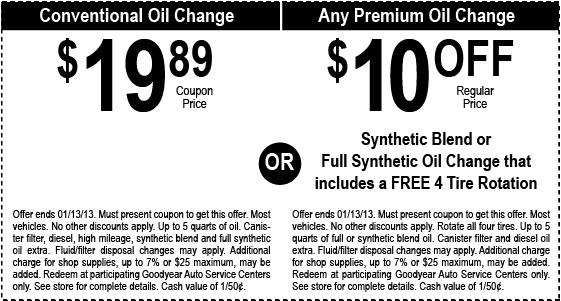 Historically, these scrap tires took up space in landfills or provided breeding grounds for mosquitoes and rodents when stockpiled or illegally dumped. Fortunately, markets now exist for 80.4% of these scrap tires-up from 17% in 1990. These marketsboth recycling and beneficial usecontinue to grow. The remaining scrap tires are still stockpiled or landfilled, however.
Historically, these scrap tires took up space in landfills or provided breeding grounds for mosquitoes and rodents when stockpiled or illegally dumped. Fortunately, markets now exist for 80.4% of these scrap tires-up from 17% in 1990. These marketsboth recycling and beneficial usecontinue to grow. The remaining scrap tires are still stockpiled or landfilled, however.
In 2003, markets for scrap tires were consuming 233 million, or 80.4%, of the 290 million annually generated scrap tires:
Another 16.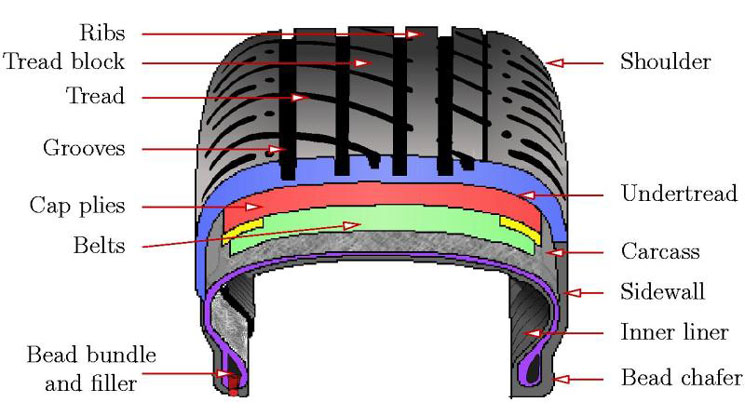 5 million scrap tires are retreaded. After any retreading has been performed, 290 million scrap tires are generated. About 27 million scrap tires (9.3%) are estimated to be disposed of in landfills or monofills. (Source: Rubber Manufacturers Association, 2004.)
5 million scrap tires are retreaded. After any retreading has been performed, 290 million scrap tires are generated. About 27 million scrap tires (9.3%) are estimated to be disposed of in landfills or monofills. (Source: Rubber Manufacturers Association, 2004.)
*Many scrap tires are exported to foreign countries to be reused as retreads, especially in countries with growing populations of automobile drivers such as Japan and Mexico. According to Mexicos National Association of Tire Distributors, as many as 20% of tires sold in Mexico are imported as used tires from the US and then retreaded for reuse. Some foreign countries also import tires to be shredded and used as crumb rubber, or to be used as fuel. Unfortunately, not all exported tires are reused or recycled. The downside of exporting scrap tires is that the receiving countries may end up with a disproportionate amount of tires, in addition to their own internally-generated scrap tires.
Over 75% of scrap tires are recycled or are beneficially used for fuel or other applications.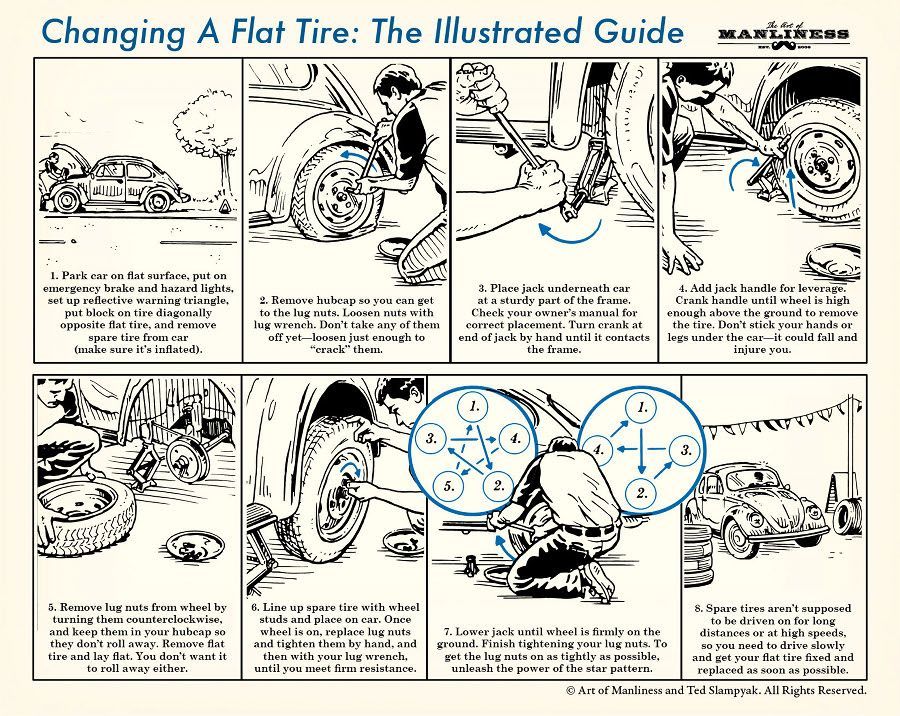 - Rubber Manufacturers Association, 2003
- Rubber Manufacturers Association, 2003
Scrap tires are used in a number of applications. From 1990 through 2003, the total number of scrap tires going to market increased from 11 million (24.5%) of the 223 million generated to 233 million (80.4%) of the 290 million generated.
The three largest scrap tire markets are:
Many uses have been found for recycled tires including whole tires, tires chips, shredded tires, and ground rubber. Retreading also saves millions of scrap tires from being disposed of as scrap each year.
More information on scrap tire markets and uses.
Top of Page
Even with all of the reuse and recycling efforts, almost one quarter of scrap tires end up in landfills each year. Landfilling scrap tires can cause problems due to their uneven settlement and tendency to rise to the surface, which can harm landfill covers. To minimize these problems, many states require chipping or grinding of tires prior to disposal. Sometimes scrap tires are also incorporated into the landfill itself as part of daily cover, or in a landfill cap.
To minimize these problems, many states require chipping or grinding of tires prior to disposal. Sometimes scrap tires are also incorporated into the landfill itself as part of daily cover, or in a landfill cap.
In recent years, the placement of shredded scrap tires in monofillsa landfill, or portion of a landfill, that is dedicated to one type of materialhas become more common. Monofills may be used where no other markets are available and municipal solid waste landfills do not accept tires. Monofills are preferable to above ground storage of tires in piles, due to fire hazards and human health hazards.
State landfill regulations:
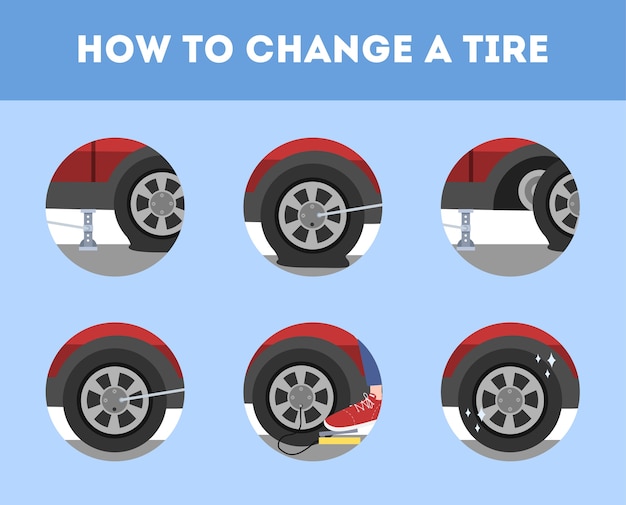
Source: Rubber Manufacturers Association, 2003
Top of Page
In 1994, the estimated number of scrap tires in stockpiles in the US was 700 to 800 million. Since that time, millions of tires have been removed from stockpiles primarily due to aggressive cleanup through state scrap tire management programs. 275 million tires were estimated to be in stockpiles (Source: Rubber Manufacturers Association, 2004.)
Tire Stockpiles Illegal tire dumping pollutes ravines, woods, deserts, and empty lots. For these reasons, most states have passed scrap tire regulations requiring proper management.
Illegal tire dumping pollutes ravines, woods, deserts, and empty lots. For these reasons, most states have passed scrap tire regulations requiring proper management.Top of Page
To help state and local governments reduce the economic burdens and environmental risks associated with scrap tire piles on their landscapes, US EPA Region 5 and Illinois EPA, with input from members of the national Scrap Tire Workgroup, have collaborated to create the Scrap Tire Cleanup Guidebook. The guidebook brings together the experience of dozens of professionals in one resource designed to provide state and local officials with the information needed to effectively clean up scrap tire piles. The guidebook discusses starting a cleanup program, working with contractors to clean up sites, and implementing prevention programs that will reduce scrap tire dumping.
To order, send an email to [email protected] and ask for publication #530-R-06-001.
Scrap tire piles are not treated as hazardous waste. However, once a tire fire occurs, tires break down into hazardous compounds including gases, heavy metals, and oil which may then trigger Superfund cleanup status.
Based on a survey of state agencies conducted by the Rubber Manufacturers Association in 2001, 91% of all scrap tires stockpiled in the US are concentrated in eleven states. For additional information, see the 2003 RMA study on scrap tire markets .
Tire piles/dumps can be found in big cities, small towns, and the countryside. Cleaning up these nuisance piles is time consuming and expensive. In an effort to limit dumping and stockpiling, most states have passed scrap tire regulations requiring proper management.
Many states have cleaned up large numbers of tire stockpiles. Minnesota, Wisconsin, and Maryland are three states which report having cleaned up all scrap tire stockpiles.
For more information about illegal dumping, consult EPAs Illegal Dumping Prevention Guidebook (PDF) (33 pp, 1. 1MB, about PDF)
1MB, about PDF)
Top of Page
Scrap tires, as a solid waste, are regulated primarily by state governments. Currently, 48 states have laws or regulations specifically dealing with scrap tires. While each state has its own program, some common features include:
Local municipalities help educate the public about illegal dumping and enforce anti-tire dumping laws. Local agencies are also usually responsible for tire pile cleanup.
Some local jurisdictions encourage proper disposal by allowing local citizens to drop off limited numbers of tires at recycling centers, or conduct tire amnesty days where any local citizen can bring a limited number of tires to a drop-off site free of charge. State scrap tire programs may provide financial help to fund such events.
State scrap tire programs may provide financial help to fund such events.
For more information about state scrap tire programs, consult EPAs State Scrap Tire Reference Guide (PDF) (53 pp, 262K, about PDF).
Top of Page
Tire pileslegal or illegalpose two major health threats: pests and fire.
Top of Page
Tires are one of the main and most obvious "consumables" of any car. At the same time, there are more than 42 million cars in Russia alone. With trucks and special equipment - about 59.7 million. This means that at least a million tons of used car tires are thrown into landfills every year. In this context, it is no longer a means of ensuring contact with the surface, but simply hazardous waste.
Formally, automobile tires belong to IV hazard class waste, that is, low-hazard waste. But do not underestimate their danger - improperly disposed tires cause significant damage to the environment. nine0003
nine0003
Under natural conditions, a discarded or buried tire takes hundreds of years to decompose. Upon contact with moisture, toxic organic compounds are washed out of them. Tires partially filled with water become breeding grounds for rats and blood-sucking insects. Millions of tires thrown into landfills are an environmental disaster in itself, even without taking into account the area occupied, therefore, over a good hundred years, mankind has developed several ways to dispose of this type of waste.
The first method involves the use of whole car tires - for example, to protect slopes from erosion, soundproof barriers along highways, and safety barriers for auto racing tracks. In the seventies of the last century, even artificial reefs were made from used tires! So, in 1972, the so-called Osborne Reef was created off the coast of Florida by the BARINC (Broward Artificial Reef) group with the support of Goodyear. More than two million tires were sunk to create breeding grounds for fish and oysters.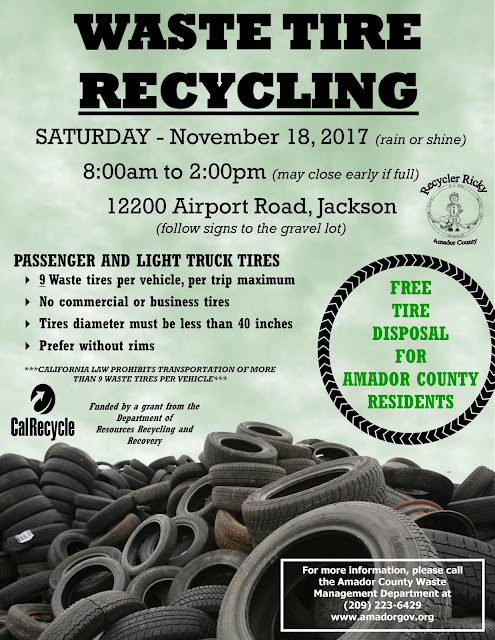 The effect, unfortunately, turned out to be the opposite - the steel straps that fix the tires quickly rotted. Tires began to be thrown onto the beaches, they began to destroy neighboring coral reefs. For the last fifteen years, tires have been taken back - including with the use of army divers. nine0003
The effect, unfortunately, turned out to be the opposite - the steel straps that fix the tires quickly rotted. Tires began to be thrown onto the beaches, they began to destroy neighboring coral reefs. For the last fifteen years, tires have been taken back - including with the use of army divers. nine0003
The second popular way to dispose of tires is incineration (including for energy purposes). In most cases, it is such disposal that causes maximum damage to nature and human health. The fact is that during combustion, not only zinc and sulfur oxides are emitted into the atmosphere, but also dioxins, which are classified as superecotoxicants of the 1st hazard class. These substances have mutagenic, carcinogenic and cumulative properties. In terms of toxicity, dioxins surpass almost any known poison, and, moreover, they do not decompose for decades, accumulating in the upper soil layer, as well as in all environmental objects, including plants and animals. nine0003
nine0003
Burning tires in high-temperature (1200-2800 degrees Celsius) furnaces of modern cement or pulp and paper plants is also not a panacea - according to many experts, with this method of disposal, dioxin emissions into the atmosphere are also present, albeit to a lesser extent. Installing highly efficient cleaning systems to trap harmful gases makes burning tires for energy unprofitable.
Another method of recycling used tires is pyrolysis. Tires are loaded into special reactors, where at high temperature in the absence of oxygen the product decomposes into components (carbon black, pyrolysis gas, as well as liquid fractions suitable for use as heating oil). The gas released during the process can also be used to produce fuel. This technology is demanding on equipment, and until recently was considered insufficiently effective. However, modern pyrolysis plants are already devoid of such shortcomings. nine0003
The most cost-effective is the mechanical grinding of tires. When using this method, rubber and other polymers that make up the tire are obtained in the form of dispersed materials. The resulting crumb rubber takes on a new life in the form of various rubber products, such as car mats, speed bumps, playground surfaces, and so on. The most finely dispersed rubber crumb is used as an additive (from 5 to 20%) in the rubber compound in the production of new tires. There are several ways to mechanically shred tires based on different physical principles, such as using high impact velocities, low temperatures, or high pressures. nine0003
When using this method, rubber and other polymers that make up the tire are obtained in the form of dispersed materials. The resulting crumb rubber takes on a new life in the form of various rubber products, such as car mats, speed bumps, playground surfaces, and so on. The most finely dispersed rubber crumb is used as an additive (from 5 to 20%) in the rubber compound in the production of new tires. There are several ways to mechanically shred tires based on different physical principles, such as using high impact velocities, low temperatures, or high pressures. nine0003
Despite the fact that in Russia today there are at least several large and a large number of small plants for recycling car tires using one of the listed industrial methods, these industries are far from being fully loaded. The reason is simple - most tires are disposed of in a simple and illegal way - throwing them into a landfill or burning them.
That's why the correct disposal and recycling of tires is one of the most important priorities in protecting human health and the environment.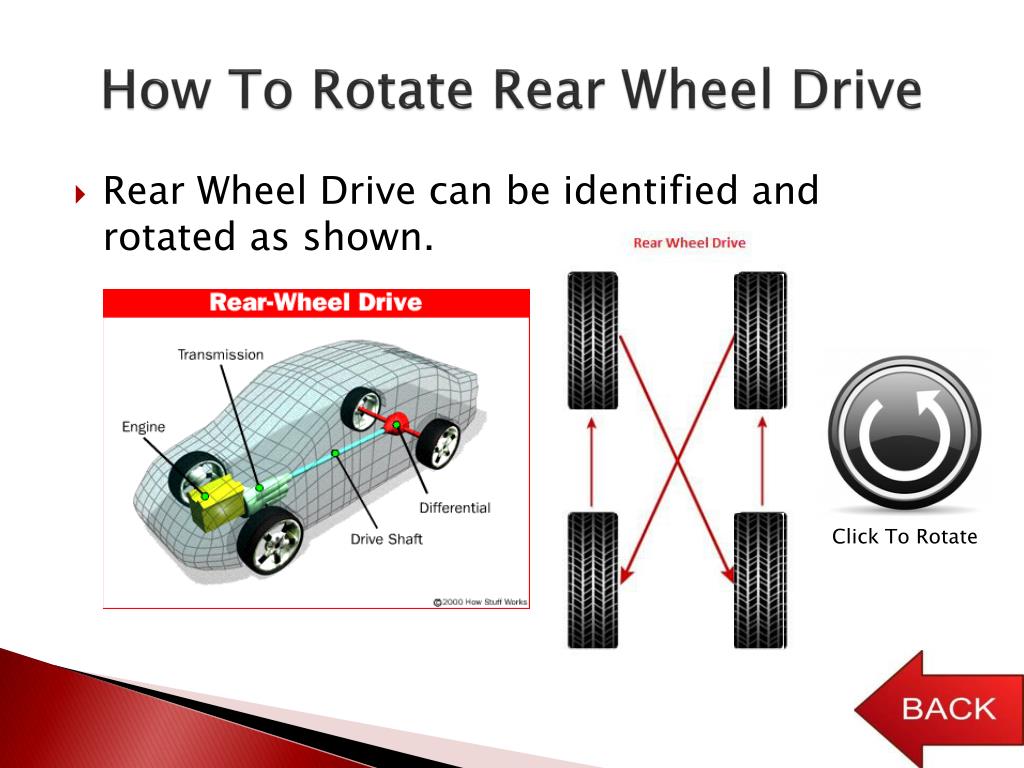 A new project from Nokian Tires, the Nokian Eco Challenge, serves this very purpose. As part of the project, the company assumes obligations to eliminate illegal tire dumps. nine0003
A new project from Nokian Tires, the Nokian Eco Challenge, serves this very purpose. As part of the project, the company assumes obligations to eliminate illegal tire dumps. nine0003
The mechanics is simple - anyone can submit an application for the liquidation of a landfill, on their own behalf or from an organization. As part of the project, tire dumps with a volume of at least 10 tons are eliminated, which, in terms of tires, is about 250 truck or 1,000 passenger tires. All collected tires will be recycled.
By the way, the Yaroslavl authorities came up with a similar initiative almost simultaneously. So, at the Skokovo landfill near Yaroslavl, a plant for crushing waste and recycling old tires is to be built this year. We believe that this is the right approach - without competent sorting and recycling of waste, there is no need to talk about protecting the environment and our health! nine0003
Image Source: Phoenix Industries

Vladivostok motorists are actively "changing shoes" for their cars. This is also noticeable in the dumps of damaged tires that drivers throw away. From time to time, someone sets fire to these heaps, poisoning the air. To solve the problem of old tires, a tire recycling plant appeared in Artyom two years ago, where old wheels are turned into a new safety coating for sports stadiums. nine0003
The plant accepts rubber for recycling at 3 rubles per 1 kilogram. All sizes of tires are processed here, from small wheels of passenger cars to huge BELAZ tires.
Such a picture on the site in front of the plant, and this is only a small part:
1.
Wheels with all types of damage are used: whether it is a worn tread or a hernia. The main condition is that tires must be clean, without traces of oil and paint, and not have traces of burning.
2.
Tires are mechanically recycled at the plant, which means that the production is harmless and environmentally friendly.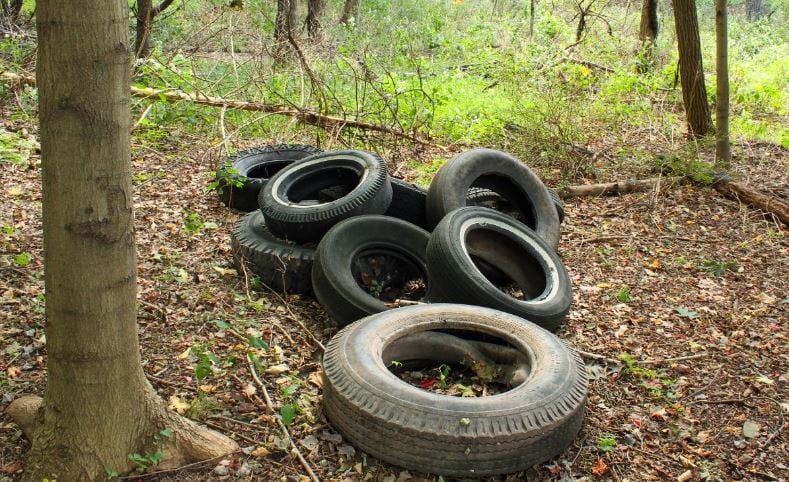 Before the tire is sent for recycling, metal wire is removed from it. nine0055 3.
Before the tire is sent for recycling, metal wire is removed from it. nine0055 3.
Special machine on which the middle of the tire is cut:
4.
This iron wire is removed from the tires:
5.
the hands of the strongest guys in this shop - they cut the wheels into pieces of 10 kg, which follow on the hydraulic shears.
7.
The harvested tire pieces are delivered to the conveyor in turn:
8.
The next tire is being prepared for opening:
9.
From under the hydraulic shears, the rubber goes to the crusher, overcomes the granulator and two vibrating tables.
10.
11.
12.
The baby, in the course of its journey, is divided into large and small and falls into two different tanks, from which it is scattered into 25 kg bags.
13.
14.
28 units of different equipment under the guidance of 10 craftsmen make more than one and a half tons of crumbs per shift from 3 tons of tires.